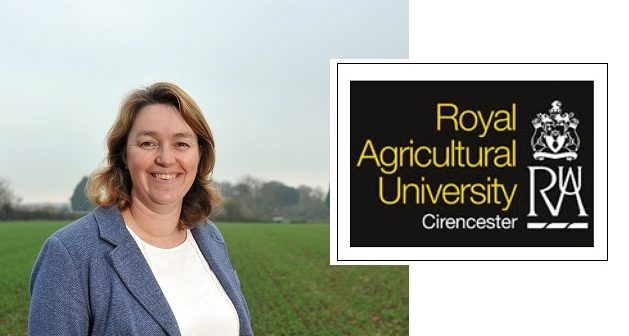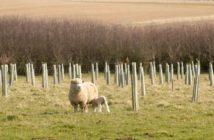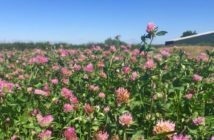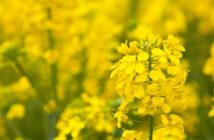The impact of the summer heatwave on livestock and growers will be felt ‘for months to come’ warns top agronomist, Dr Nicola Cannon.
“The most important months for crop growth in the United Kingdom are May to August as temperatures, day length and weather are normally optimal for plant growth,” said Dr Cannon (pictured above), principal lecturer in agronomy at the Royal Agricultural University (RAU).
“Plants need light, water and nutrients for growth with carbon dioxide for photosynthesis. There has certainly been plenty of sunlight this year – and carbon dioxide is not limited in the air – but water has been scarce.
“Plants try to protect themselves from losing too much water by shutting down the guard cells which surround their stomata (pores allowing gas exchange). But as a result the plants cannot photosynthesise, as CO2 cannot then get in. If plants can’t photosynthesise they can’t grow and therefore productivity is immediately reduced.
“Some stressed cereal plants like spring barley can have almost pink straw which is thought to be a result of drought stress on the leaves during growing conditions. Many plants have been hit particularly hard by the hot dry weather whilst some deeper rooted plants have fared a bit better.
“Arable crops are generally being reported as about 20% down on normal yields. Many farmers with livestock on their farm are really struggling as there is insufficient grass and forage currently growing to meet their nutritional requirements.”
Dr Cannon added that whilst most 2018 arable crops have now completed the majority of their growing and have either already been harvested or are ripening up for harvest, fruit and vegetable growers are really suffering.
“Water for irrigation has almost run out and temperatures have been so high in the day that it can be difficult to apply water without damaging the plants,” she said. “Harvest is earlier than usual as crops died off prematurely due to water stress. Oilseeds and grains have been harvested at very low moisture contents, and so have not required drying, but this means that farmers have lower yields to sell as there is less water retained in the crop.
“There are some crops which are better adapted to these hot dry conditions including maize and miscanthus (elephant grass used for biofuel) as they can carry on photosynthesising even in hot conditions.”
Dr Cannon also pointed out that next year’s production was already starting to move into view.
“It’s now time to look ahead to the 2019 harvest and the first fields of oilseed rape would normally be planted from 15 August,” she said. “However, where soils are so dry it can require greater quantities of fuel and power to cultivate the soil and there is such limited moisture in the soil that any seed planted is unlikely to germinate quickly.
“That means it is more prone to pest problems, often has reduced vigour and uneven establishment – if it can establish at all.”




